Interior Design 25 Trends That Stand the Test of Time
9/25/2024
Explore 25 interior design trends from 2024 that will continue to inspire in 2025. We’ll help you clear the clutter and get inspired – come check it out!

The world of home design is constantly evolving, and 2024 is shaping up to be a year of innovation, sustainability, and personalization. As homeowners seek to create spaces that reflect their lifestyles and values, several trends are emerging that combine functionality with aesthetics. From embracing nature indoors to integrating cutting-edge technology, these 25 trends are set to redefine how we think about living spaces. Let's explore each one in detail.
Table of Contents
- Sustainable Materials
- Biophilic Design
- Smart Homes
- Minimalist Aesthetics
- Multi-Functional Spaces
- Artisanal Touches
- Vintage Revival
- Outdoor Living Spaces
- Bold Color Palettes
- Sustainable Lighting
- Texture Play
- Wellness Spaces
- Open Shelving
- Geometric Patterns
- Dark Kitchens
- Flexible Furniture
- Eco-Friendly Paints
- Statement Ceilings
- Smart Storage Solutions
- Natural Stone Surfaces
- Indoor-Outdoor Blending
- Warm Metals
- Sustainable Fabrics
- Home Theaters
- Personalized Spaces
- Embracing the Future of Home Design
1. Sustainable Materials
Sustainability is no longer just a buzzword; it's a fundamental aspect of modern living. Homeowners are increasingly opting for eco-friendly materials that minimize environmental impact. Recycled wood, for instance, is being used for flooring, furniture, and decorative accents, adding both charm and sustainability to interiors. Bamboo flooring is gaining popularity due to its rapid renewability and durability. Natural stones like slate and granite are preferred for countertops and flooring, offering longevity and a timeless aesthetic. These materials not only reduce carbon footprints but also bring unique textures and warmth to living spaces.

2. Biophilic Design
Biophilic design focuses on connecting occupants more closely to nature. This trend involves incorporating natural elements into the home to enhance well-being and reduce stress. Large windows that maximize natural light, indoor gardens, and living green walls are becoming common features. Natural materials like wood, stone, and water features create a serene environment. By bringing the outdoors in, homeowners can enjoy the benefits of nature regardless of their home's location, promoting mental health and productivity.

3. Smart Homes
The integration of technology into home design is accelerating at a rapid pace. Smart homes equipped with voice-activated assistants like Alexa and Google Home are becoming the norm. Automated lighting systems adjust brightness based on time of day or occupancy, enhancing energy efficiency. Smart thermostats learn homeowners' schedules to optimize heating and cooling. Security systems with remote monitoring provide peace of mind. The convenience and efficiency offered by smart devices are transforming homes into interconnected ecosystems that adapt to residents' needs.
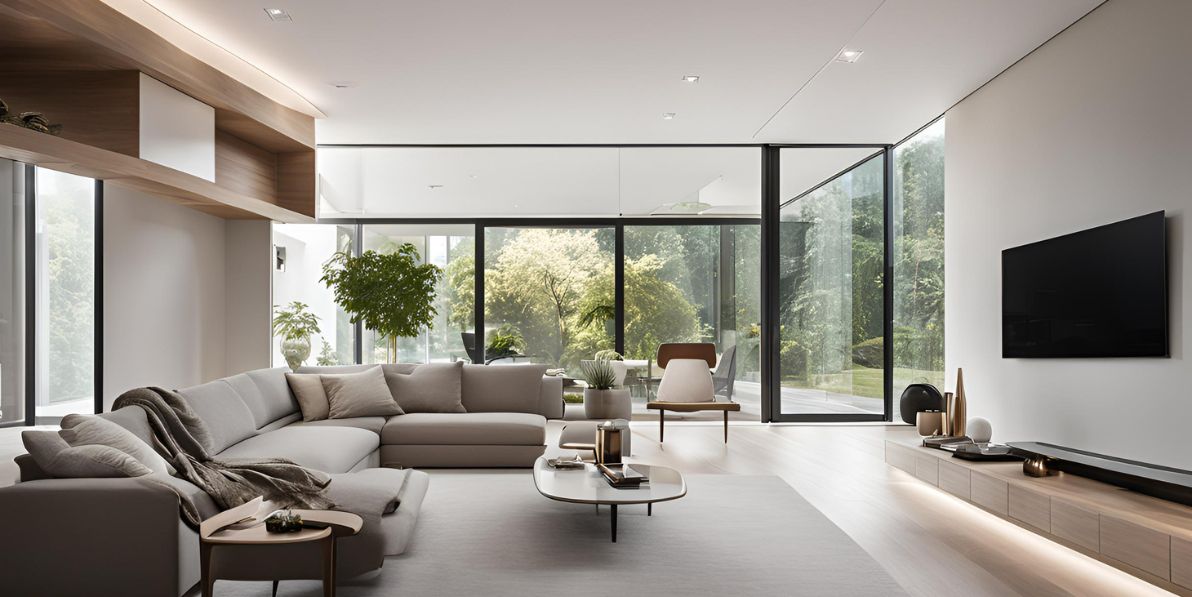
4. Minimalist Aesthetics
Minimalism continues to influence home design, emphasizing simplicity and functionality. This trend involves decluttering spaces and focusing on essential elements. Neutral color palettes with shades of white, beige, and gray create a calming backdrop. Furniture with clean lines and simple forms contributes to an uncluttered look. Storage solutions are cleverly integrated to hide excess items. By reducing visual noise, minimalist interiors promote relaxation and clarity of thought, making homes a sanctuary from the hectic outside world.
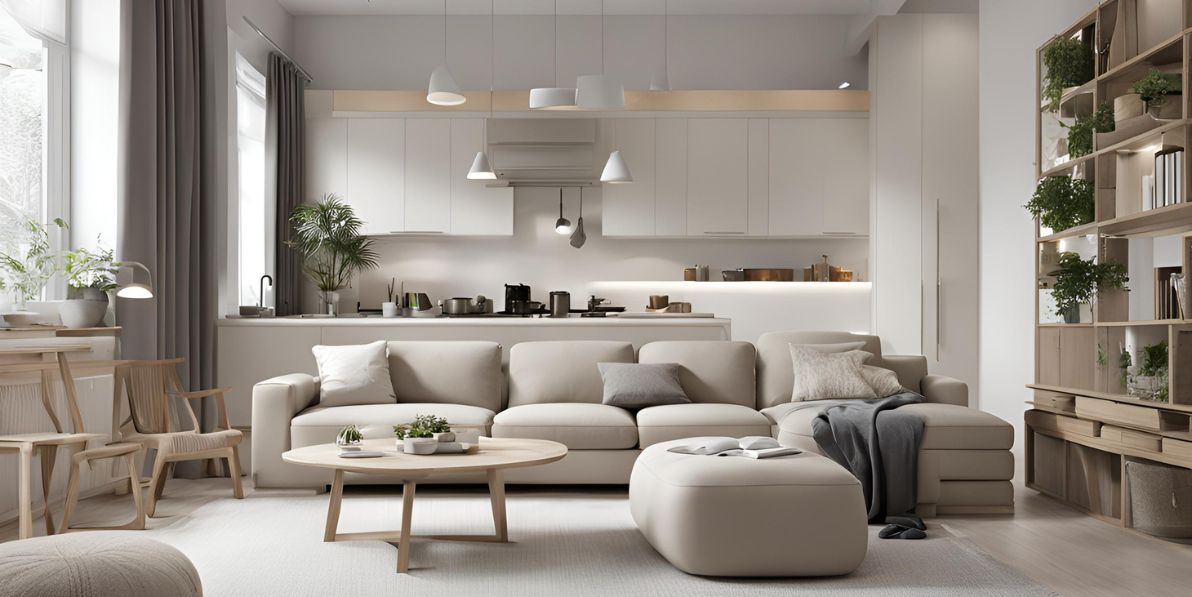
5. Multi-Functional Spaces
The shift towards remote work and flexible lifestyles has increased the demand for multi-functional spaces. Rooms are designed to serve multiple purposes, maximizing the utility of every square foot. Home offices double as guest bedrooms with the addition of a Murphy bed or convertible furniture. Kitchen islands become dining tables or workspaces. Living rooms incorporate exercise equipment discreetly stored when not in use. This adaptability ensures that homes can evolve with changing needs without requiring significant renovations.
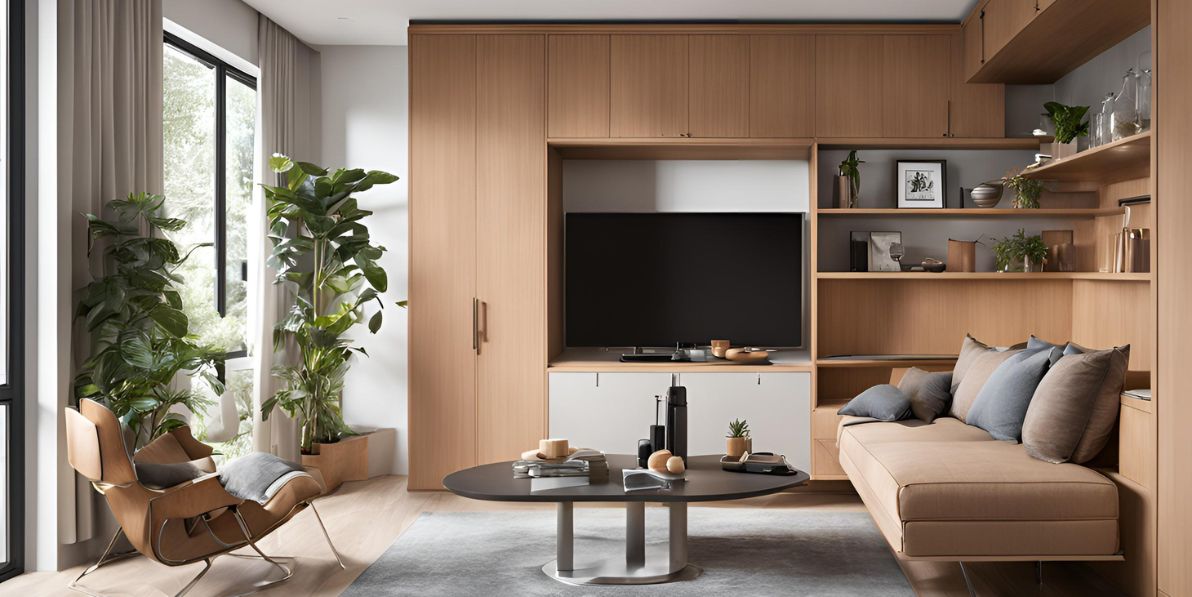
6. Artisanal Touches
There's a growing appreciation for handcrafted and bespoke items in home design. Artisanal touches bring uniqueness and authenticity to interiors. Handmade ceramics, whether in the form of decorative vases or custom tilework, add character. Custom furniture crafted by local artisans provides one-of-a-kind pieces that reflect personal style. Textiles like handwoven rugs or embroidered cushions introduce texture and cultural richness. Supporting artisans not only enhances home aesthetics but also contributes to preserving traditional crafts.
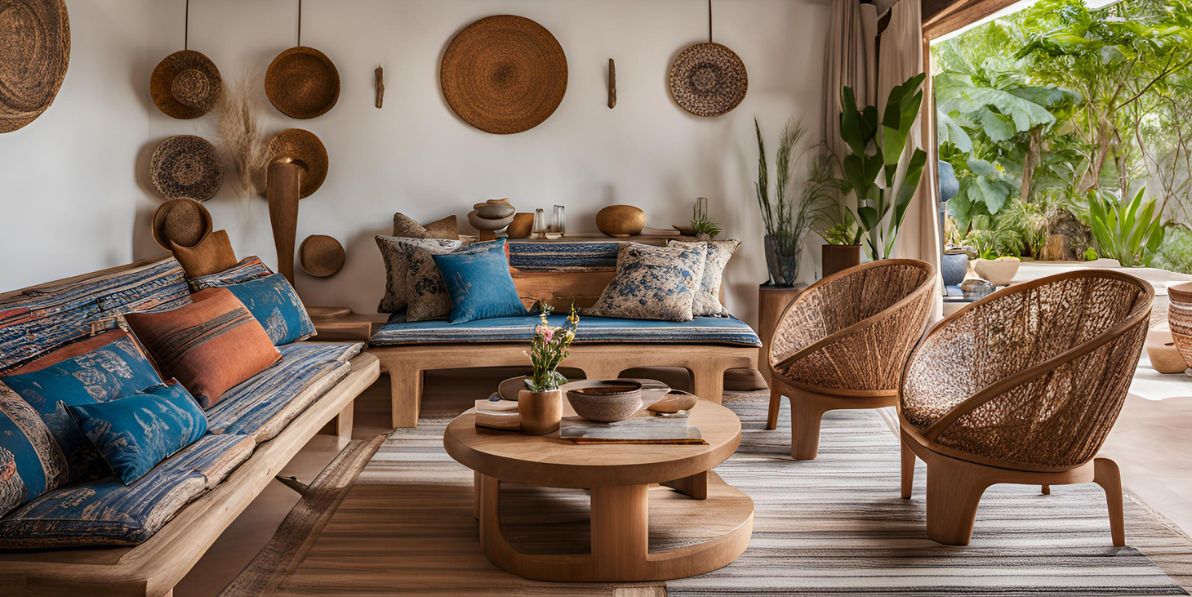
7. Vintage Revival
Nostalgia plays a significant role in the resurgence of vintage design elements. Incorporating retro furniture and decor adds charm and a sense of history to modern homes. Mid-century modern pieces with sleek lines and organic shapes are particularly popular. Vintage lighting fixtures, such as brass chandeliers or pendant lights, serve as statement pieces. Thrifted and upcycled items not only reduce waste but also offer unique finds that can't be replicated with mass-produced goods.
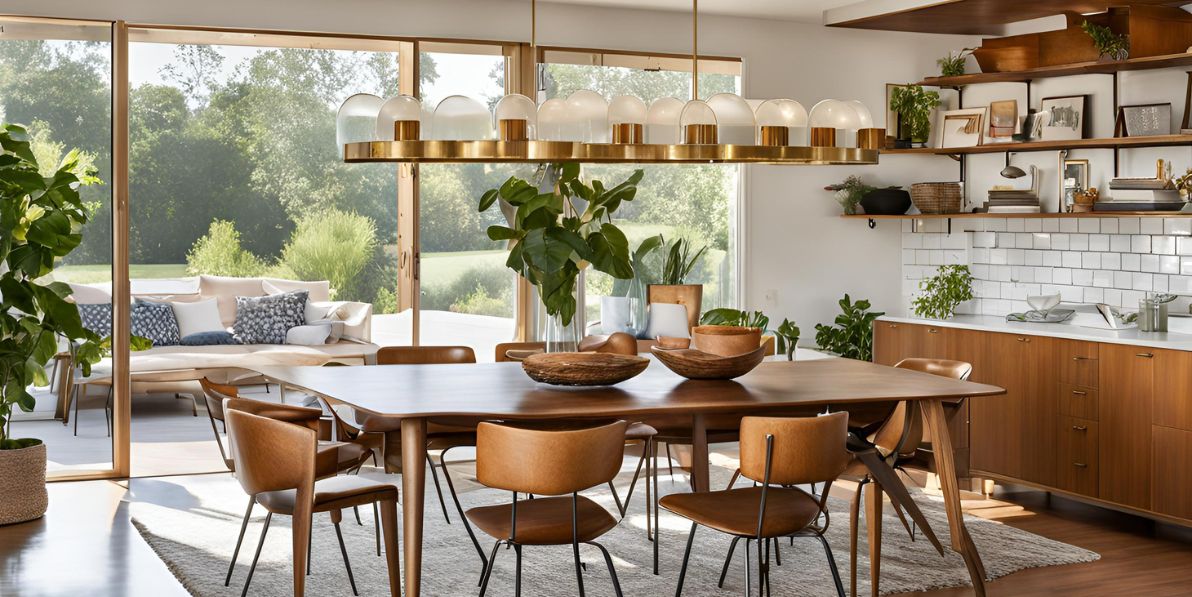
8. Outdoor Living Spaces
Expanding living areas into the outdoors is a trend that emphasizes leisure and entertainment. Patios, decks, and balconies are being transformed into comfortable extensions of indoor spaces. Weather-resistant furniture, outdoor kitchens, and fire pits create inviting environments for gatherings. Landscaping plays a crucial role, with gardens designed for aesthetics and functionality, including herb gardens or vertical planters. By blurring the lines between indoors and outdoors, homeowners enjoy more versatility and connection with nature.

9. Bold Color Palettes
While neutral tones remain popular, there's a shift towards embracing bold and vibrant colors. Deep blues evoke a sense of calm and sophistication, often used in bedrooms or living areas. Emerald greens bring freshness and are associated with growth and harmony, making them ideal for spaces where relaxation is key. Rich burgundies add warmth and luxury, perfect for dining rooms or study areas. These colors are used in wall paints, furnishings, and accessories to create focal points and express individuality.
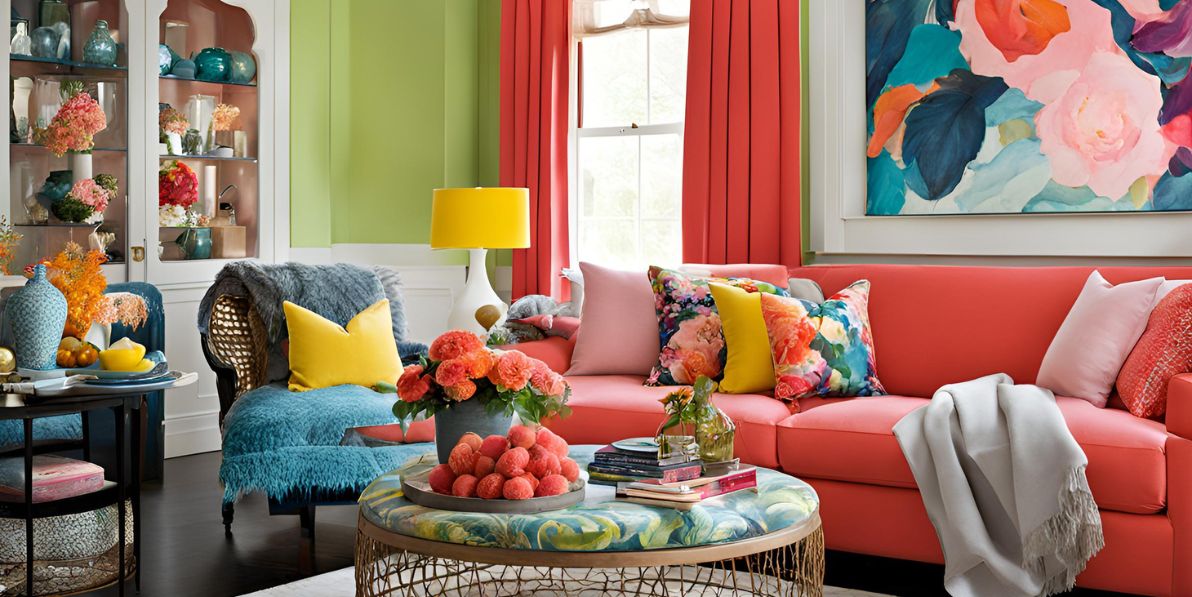
10. Sustainable Lighting
Lighting design is evolving with a focus on sustainability and innovation. LED technology offers energy-efficient solutions that reduce electricity consumption without compromising on brightness or color quality. Smart lighting systems allow for automation and customization, adjusting to natural light levels and occupancy. Designers are experimenting with fixtures made from recycled or natural materials, such as bamboo or reclaimed metals. Unique designs, like geometric shapes or organic forms, turn lighting into a central design element.
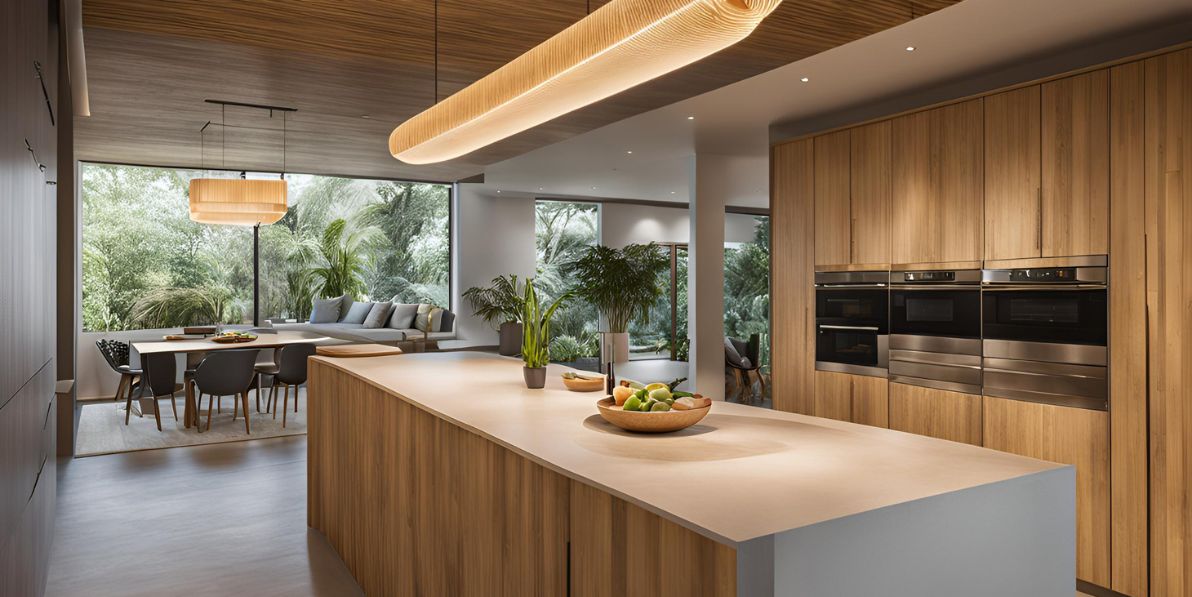
11. Texture Play
Incorporating diverse textures adds depth and sensory interest to interiors. Combining materials like smooth marble countertops with rough-hewn wooden cabinets creates a dynamic contrast. Textured wallpapers, such as grasscloth or embossed patterns, add visual intrigue to walls. Layering textiles, including plush rugs, velvet cushions, and knitted throws, enhances comfort and warmth. This interplay of textures engages the senses and makes spaces feel more inviting and lived-in.
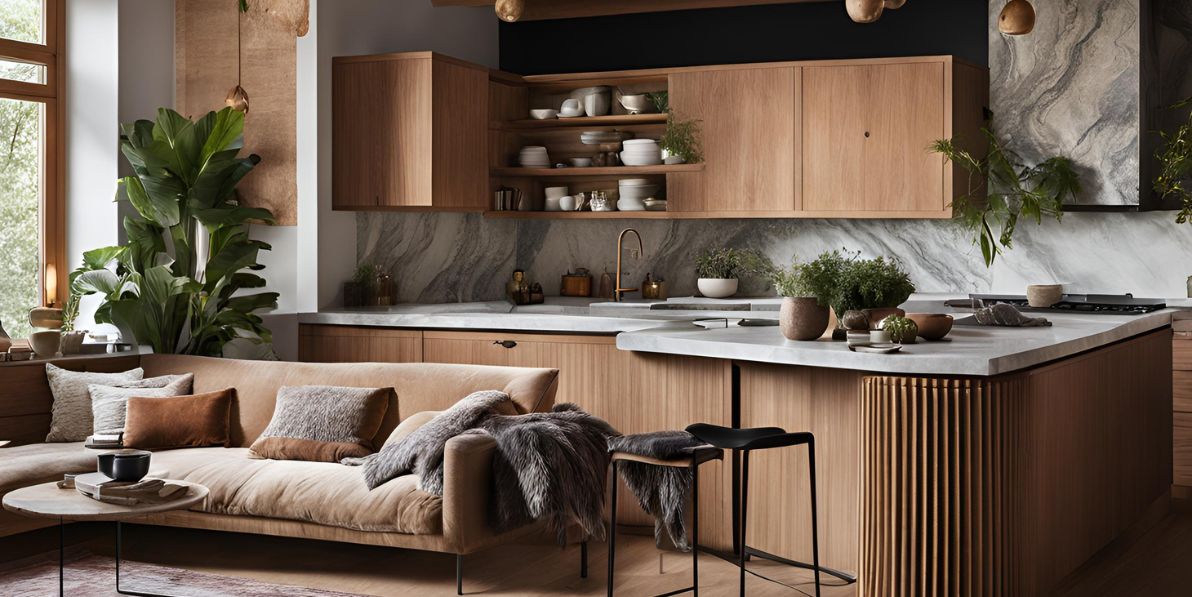
12. Wellness Spaces
The emphasis on health and wellness is influencing home design, leading to the creation of dedicated spaces for self-care. Yoga rooms, meditation corners, and home gyms are integrated into floor plans. These areas are designed with soothing colors, natural light, and minimal distractions to promote relaxation and focus. Incorporating elements like indoor water features or aromatherapy diffusers enhances the sensory experience. By prioritizing wellness, homeowners can improve their quality of life within their own homes.
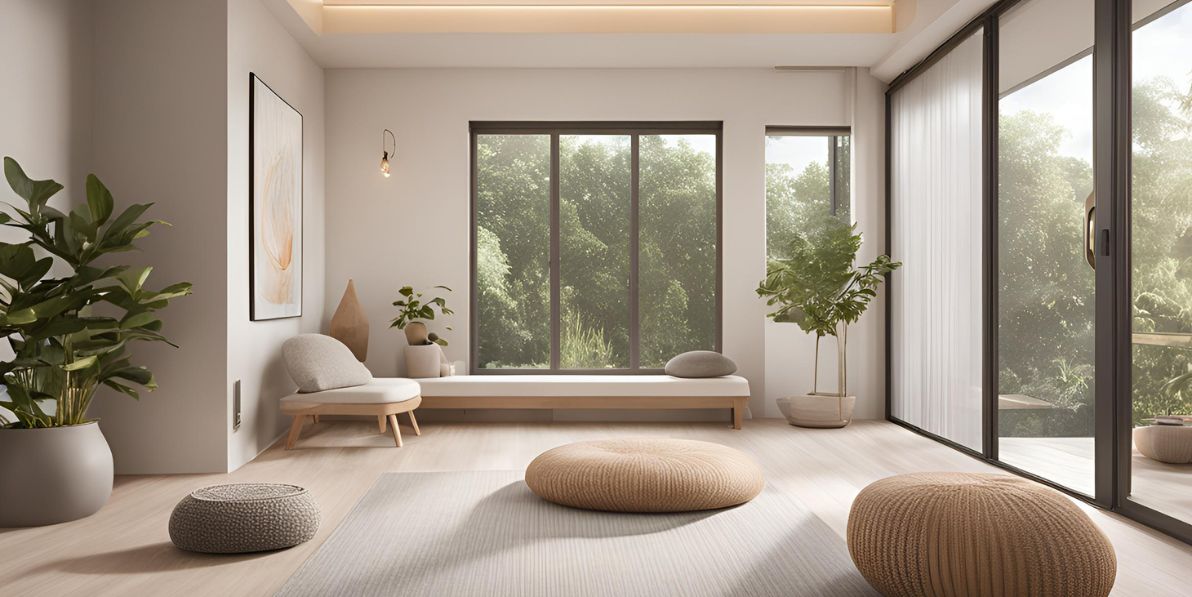
13. Open Shelving
Open shelving is becoming a popular alternative to traditional cabinetry, especially in kitchens and living areas. This design choice creates an open and airy feel, making spaces appear larger and more accessible. Shelves are used to display cookware, glassware, books, or decorative items, adding personality to the space. However, it requires careful organization to maintain a tidy appearance. Materials like wood, metal, or glass can be chosen to complement the overall design theme.

14. Geometric Patterns
Geometric patterns bring a modern and artistic flair to home interiors. These patterns are incorporated through tiles, wallpapers, rugs, and textiles. Hexagonal tiles in bathrooms or kitchens create visual interest and break away from traditional square tiles. Geometric wallpapers can serve as accent walls, adding depth and focus to a room. Furniture with angular designs or patterned upholstery contributes to this trend. The use of geometric shapes introduces a sense of order and symmetry.
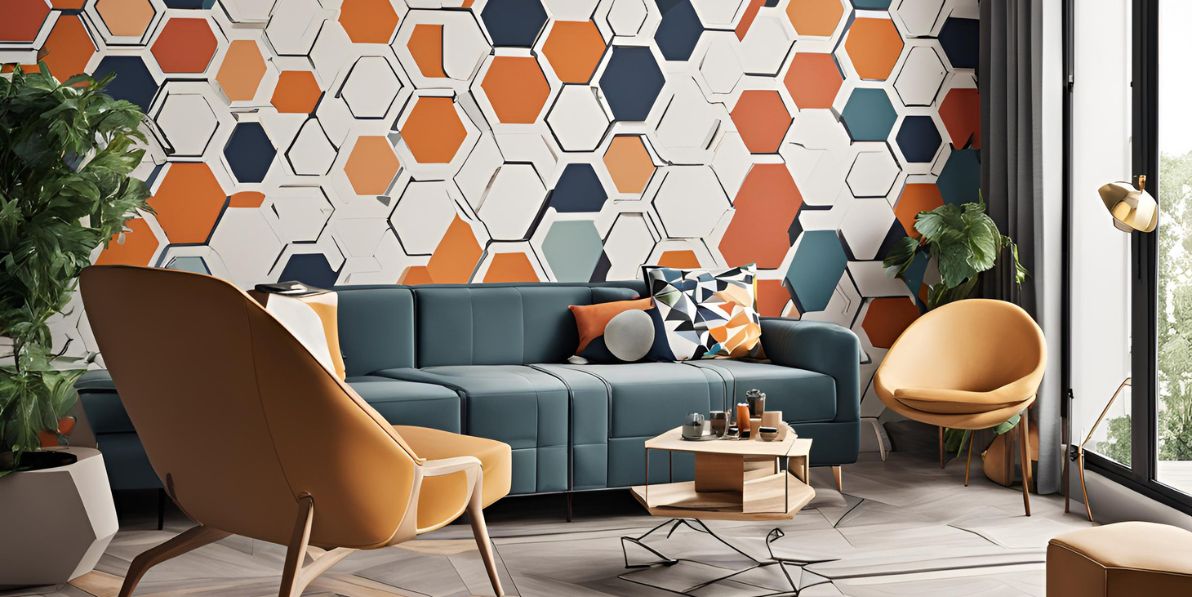
15. Dark Kitchens
Contrasting the long-standing trend of all-white kitchens, dark kitchens are gaining popularity for their sleek and sophisticated look. Cabinets in shades of navy blue, charcoal gray, or even black create a dramatic effect. Paired with metallic hardware in brass or copper, the dark tones exude luxury. Countertops in lighter materials like marble or quartz provide balance. Good lighting is essential in dark kitchens to ensure the space remains welcoming and functional.
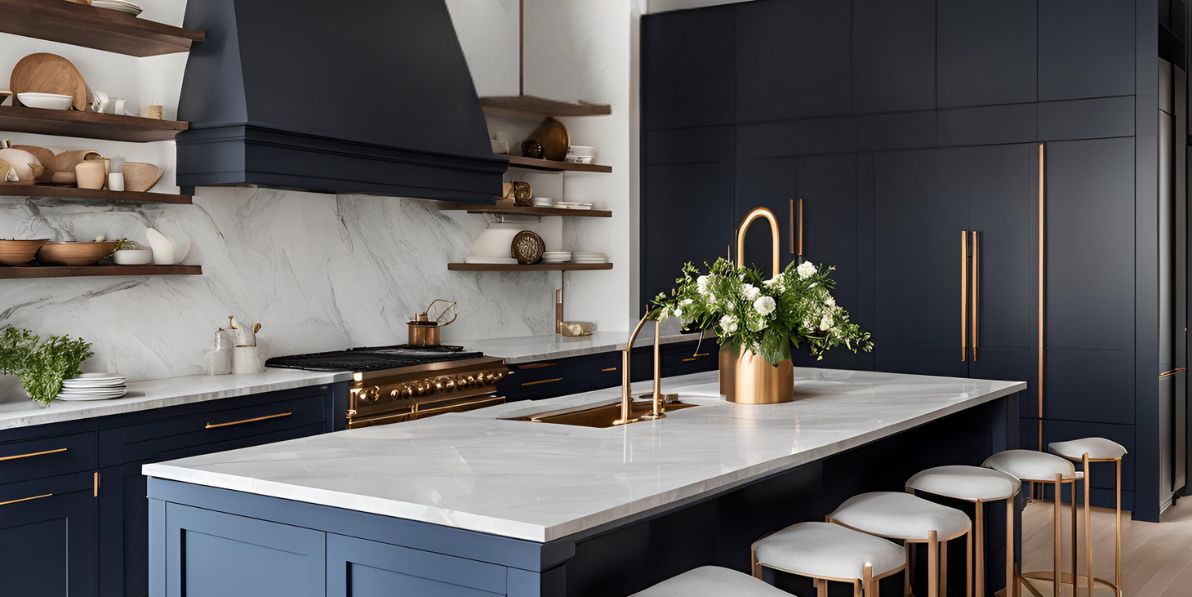
16. Flexible Furniture
As living spaces become more adaptable, flexible furniture solutions are essential. Modular sofas can be rearranged to suit different seating arrangements or room layouts. Extendable dining tables accommodate varying numbers of guests, making them practical for both everyday use and entertaining. Wall-mounted desks that fold away save space in multi-functional rooms. Furniture with built-in storage helps keep spaces organized. These versatile pieces ensure that homes can adjust to the evolving needs of their occupants.
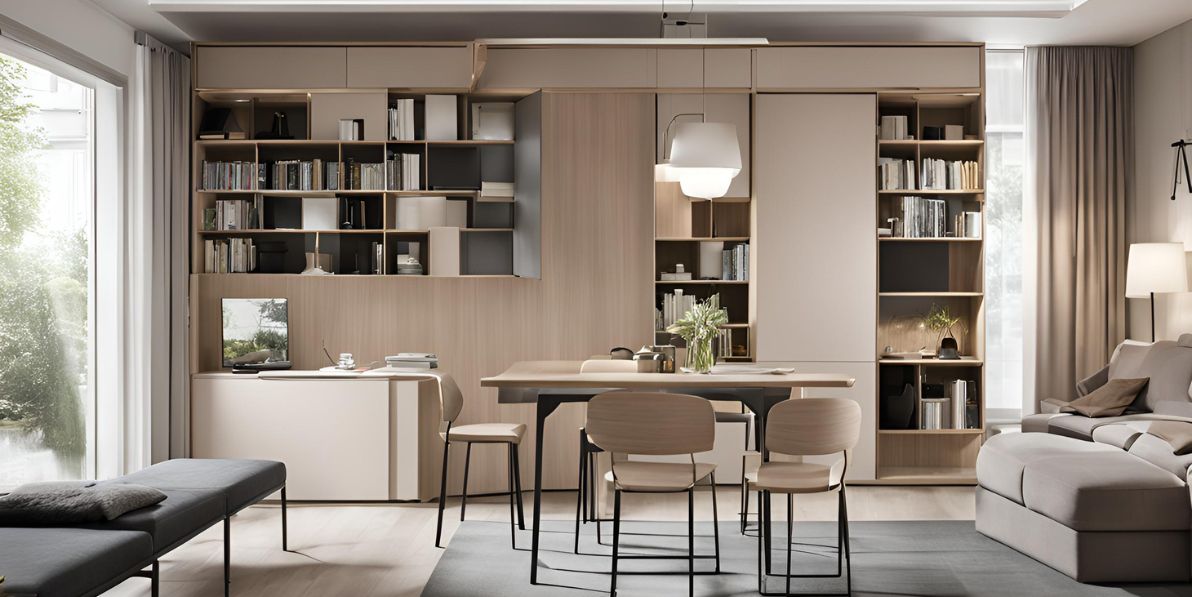
17. Eco-Friendly Paints
Indoor air quality is a significant concern, leading to the increased use of eco-friendly paints. Low-VOC (volatile organic compounds) and zero-VOC paints release fewer toxins, making them safer for both residents and the environment. Natural paints made from plant oils and resins are also available. These paints come in a wide range of colors and finishes, proving that sustainability doesn't require sacrificing aesthetic choices. By choosing eco-friendly paints, homeowners contribute to a healthier indoor environment.
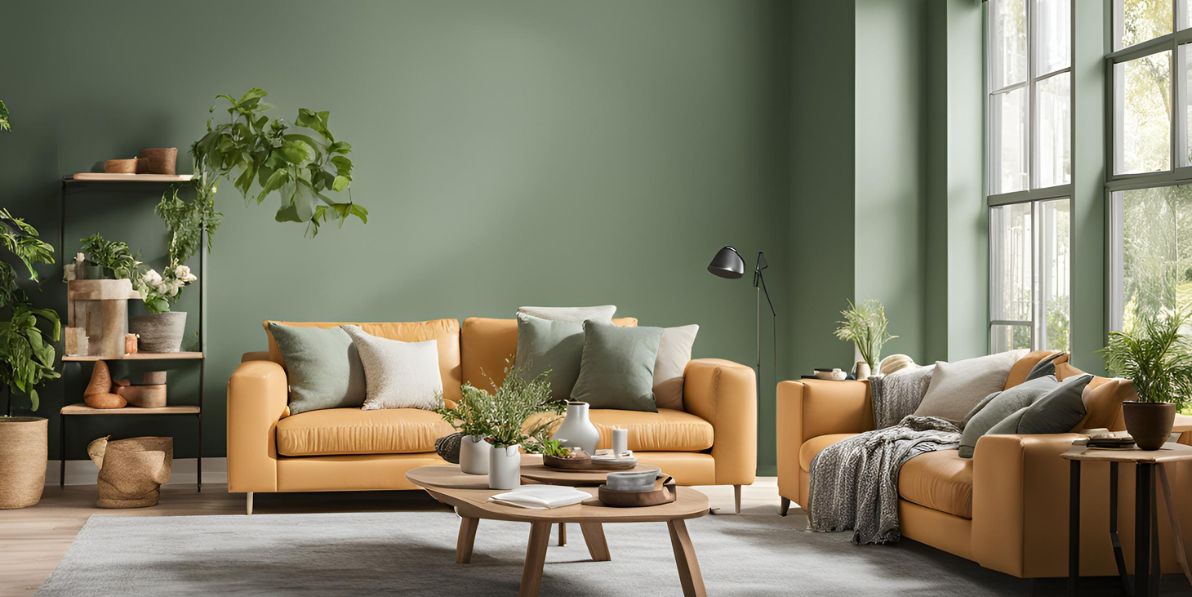
18. Statement Ceilings
Ceilings are often overlooked in interior design, but they're becoming a canvas for creativity. Bold colors on the ceiling can make a room feel more intimate or add an unexpected pop of color. Applying patterned wallpapers or murals draws the eye upward, enhancing the sense of space. Architectural elements like exposed beams or coffered ceilings add texture and interest. Statement ceilings turn the fifth wall into a focal point, elevating the overall design.
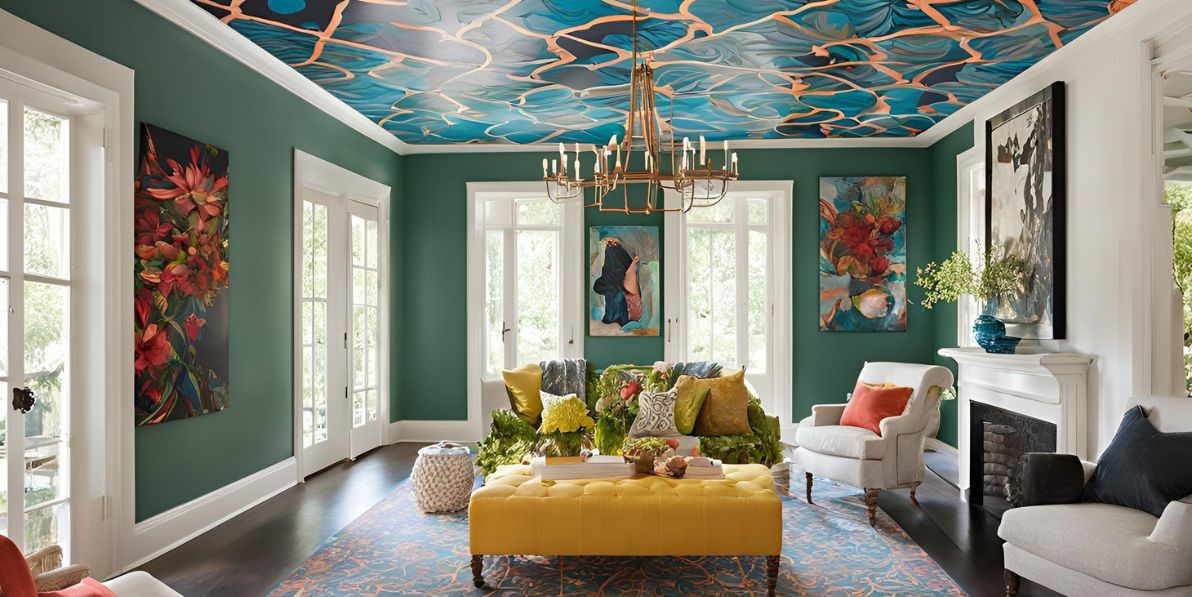
19. Smart Storage Solutions
Innovative storage solutions are essential for maintaining clutter-free homes. Built-in cabinetry that blends with wall panels creates seamless storage options. Under-stair storage utilizes often-overlooked space for closets or shelving. Furniture with hidden compartments, like ottomans or beds with drawers, provides additional storage without sacrificing style. Kitchen organizers, such as pull-out pantries or corner carousel units, maximize usability. These solutions help keep homes organized and efficient.
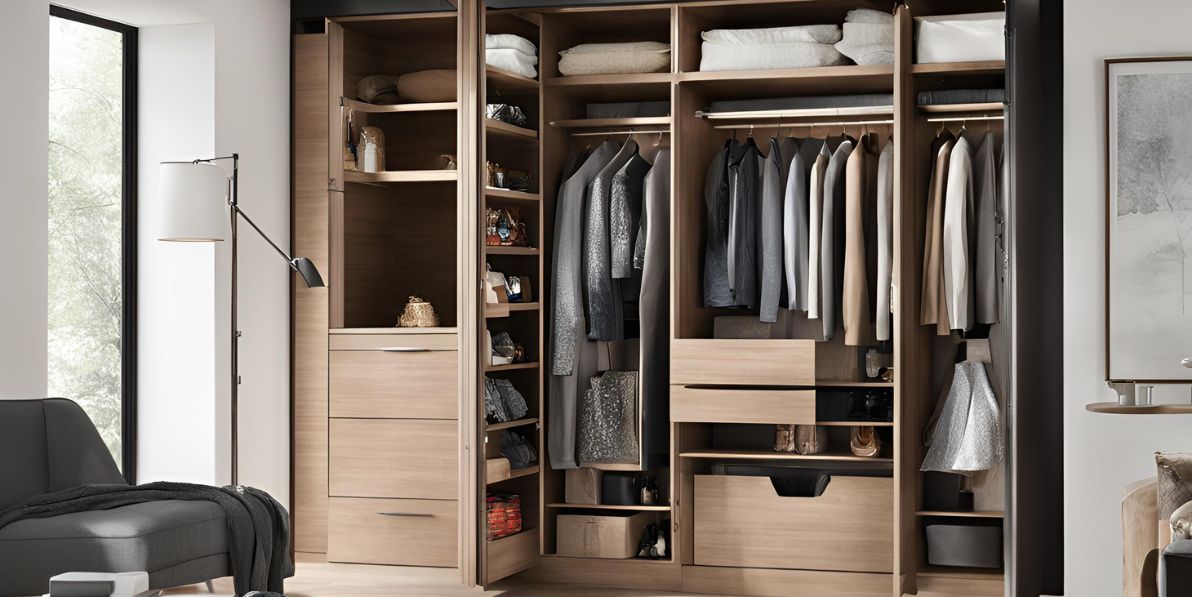
20. Natural Stone Surfaces
Natural stone remains a favorite for its durability and timeless appeal. Materials like marble, granite, and quartz are used extensively for countertops, flooring, and accent walls. Each stone has unique veining and patterns, ensuring that installations are one-of-a-kind. Beyond aesthetics, these materials are practical, with resistance to heat, scratches, and stains when properly sealed. The use of natural stone adds an element of luxury and sophistication to any space.
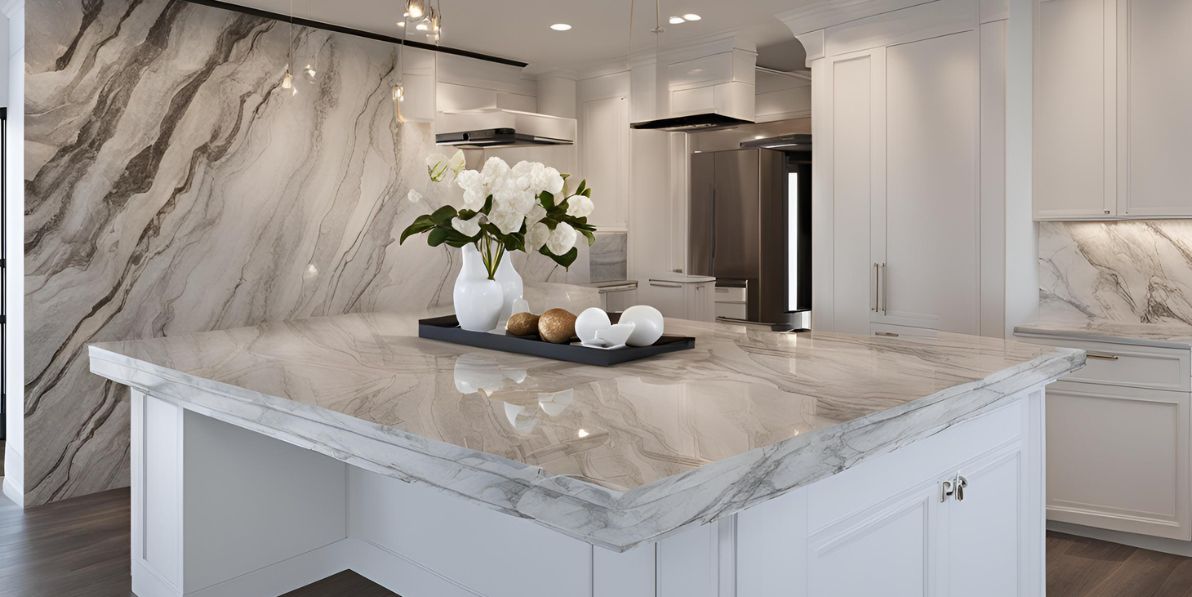
21. Indoor-Outdoor Blending
The desire to connect indoor and outdoor spaces is leading to designs that blur the boundaries between them. Large glass doors and floor-to-ceiling windows offer unobstructed views and allow natural light to flood interiors. Consistent flooring materials used both inside and out create a seamless transition. Indoor spaces may feature plants typically found outdoors, while outdoor areas are furnished with pieces that wouldn't be out of place indoors. This integration enhances the flow and makes spaces feel more expansive.
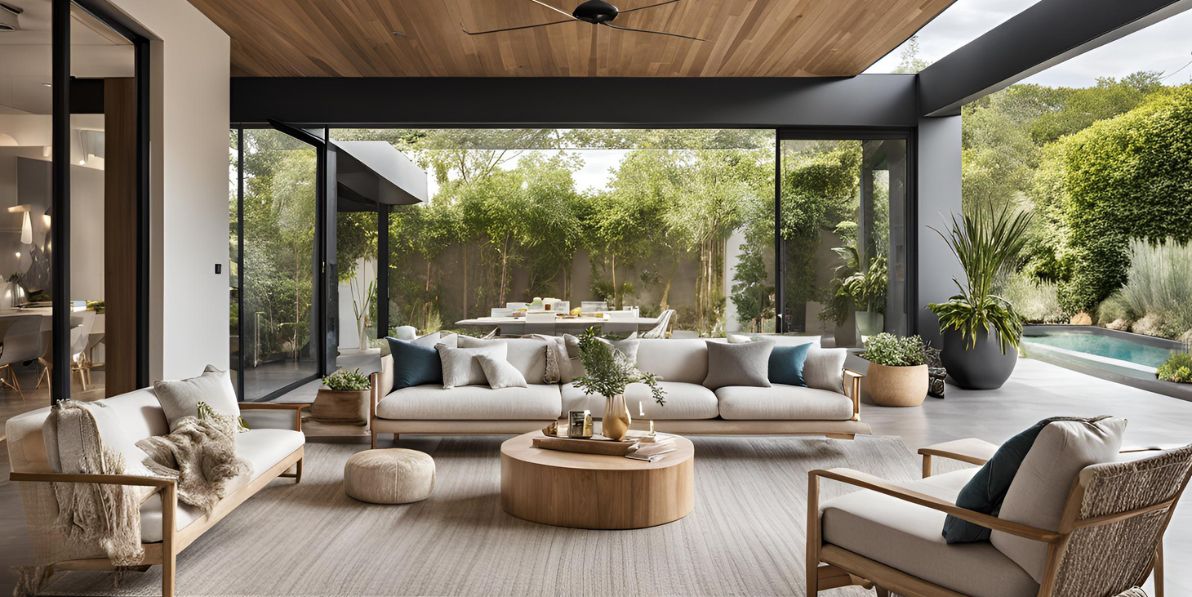
22. Warm Metals
Warm metals like copper, brass, and gold are being embraced for fixtures and accents. These metals add warmth and a touch of opulence to kitchens, bathrooms, and living areas. Brass faucets, copper light fixtures, and gold-framed mirrors serve as eye-catching elements. When combined with neutral tones or dark colors, warm metals stand out without overwhelming the space. They can be incorporated through hardware, decor, or even as part of furniture designs.
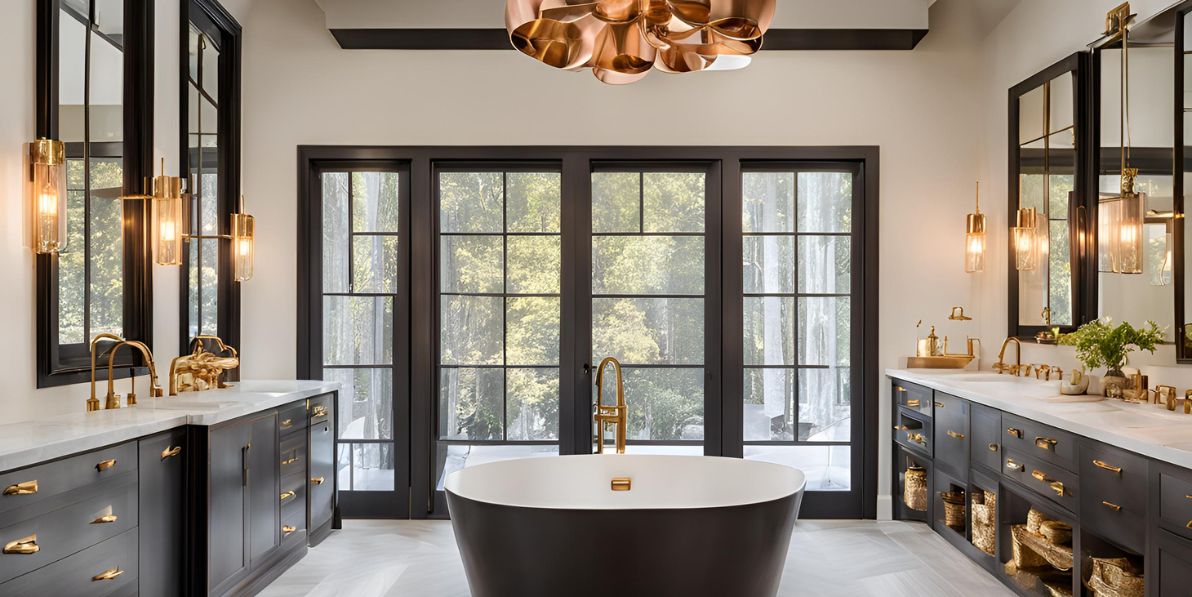
23. Sustainable Fabrics
The move towards sustainability extends to textiles used in the home. Fabrics made from organic cotton, hemp, and linen are preferred for their lower environmental impact. Recycled materials, such as polyester made from plastic bottles, are used in upholstery and rugs. These fabrics are not only eco-friendly but also offer comfort and durability. Natural dyes and finishes ensure that the textiles are free from harmful chemicals, contributing to healthier living environments.
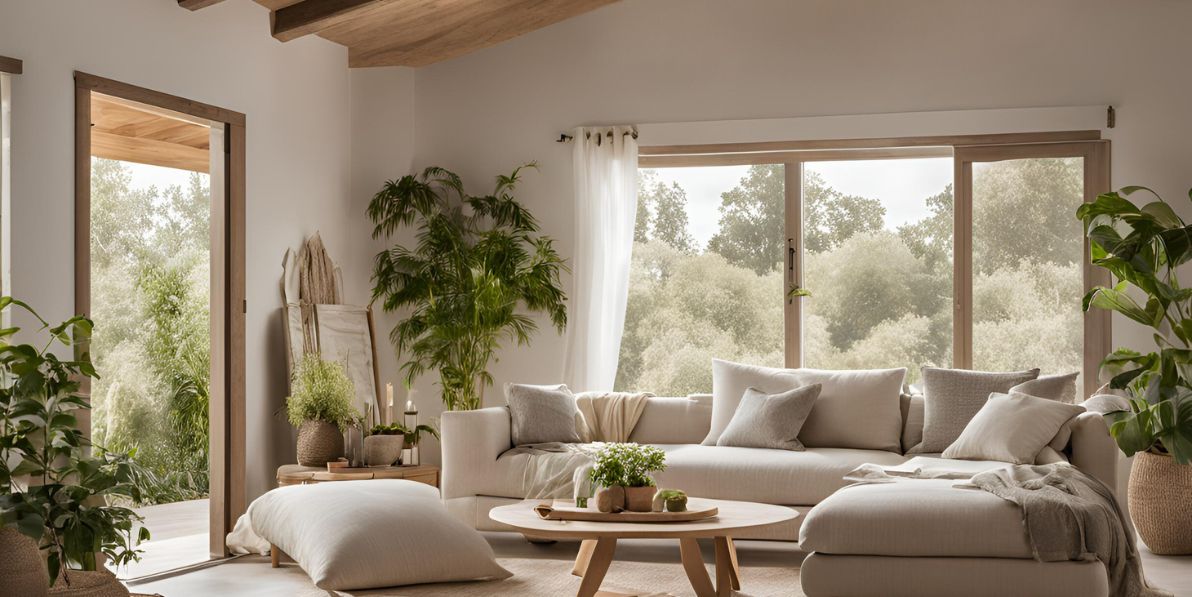
24. Home Theaters
With the rise of streaming services and high-quality home entertainment systems, dedicated home theaters are becoming more common. These spaces are designed for optimal viewing experiences, featuring large screens or projectors, surround sound systems, and comfortable seating. Acoustic treatments and soundproofing enhance audio quality. The decor often includes dimmable lighting and theater-style seating. Home theaters provide a cinematic experience without leaving the comfort of home, perfect for movie enthusiasts.

25. Personalized Spaces
Above all, personalization is at the heart of 2024's home design trends. Homeowners are moving away from generic designs in favor of spaces that reflect their personalities, interests, and experiences. This might include displaying travel souvenirs, showcasing personal art collections, or incorporating cultural elements into the decor. Customization extends to layout choices, color schemes, and even architectural features. By creating spaces that tell their own stories, homeowners ensure that their homes are truly unique and meaningful.

Embracing the Future of Home Design
The trends of 2024 highlight a shift towards homes that are not just aesthetically pleasing but also sustainable, functional, and deeply personal. Whether it's through the use of eco-friendly materials, the integration of smart technology, or the creation of multi-functional spaces, the focus is on enhancing quality of life. As you consider updates or renovations to your living space, these trends offer a wealth of inspiration. Embracing these ideas can help you create a home that not only meets your needs but also reflects who you are. a space where you can thrive in the years to come.
More articles

Beginners Guide: How to Use AI to Design Your Home | 2024
Designing your home can be an enjoyable and fulfilling process, especially when you have the right tools. With rapid technological advancements, artificial intelligence allows us to design our homes more easily and accurately than ever before. In this guide, we will learn how to use AI to design your property quickly and effortlessly.
Read More

How AI is Changing Interior Design: Real-World Examples
Case studies of AI use in design projects around the world demonstrate how technology is making the design process faster and more efficient. This impact translates into significant benefits for us, the consumers.
Read More

AI Interior Design 2024 | Everything You Need to Know
Interior design has come a long way in the last few years, where the use of technology defines home space. AI is now at the forefront, changing the approach that is used in the designing, furnishing and even the accessorizing of homes. The application of AI tools in interior design has led to the cutting down of some processes that were earlier cumbersome and costly. This paper aims to discuss the effects of AI on interior design and more specifically how home design is going to be transformed in 2024 with HomeCenterAI, AI Room Planner, and Personal AI Design Consultants.
Read More

How AI Can Help in Designing Small Spaces: Tips and Ideas
Interior design for small spaces can be quite a challenge, but with AI-powered interior design tools, this task can become significantly easier. AI offers smart and creative solutions for maximizing space utilization while maintaining aesthetics and comfort. In this article, we will explore how AI can assist in designing small spaces, offering tips and ideas for practicality and aesthetics.
Read More

Bedroom Design: Creating a Relaxing and Inviting Space from 0 to 100
Designing a bedroom is more than just arranging furniture it's about crafting a serene and comfortable retreat. Whether you’re starting from scratch or revamping your space, a thoughtful approach to choosing colors, lighting, and furniture is key to creating an inviting atmosphere. This guide will walk you through essential bedroom design elements, focusing on how to create a calm environment perfect for relaxation.`
Read More

AI Kitchen Design – From Beginner to Expert
Discover how AI kitchen design can simplify the process of creating an efficient and beautiful kitchen. Learn about the best AI kitchen design generators and essential tips for your next renovation project.
Read More




